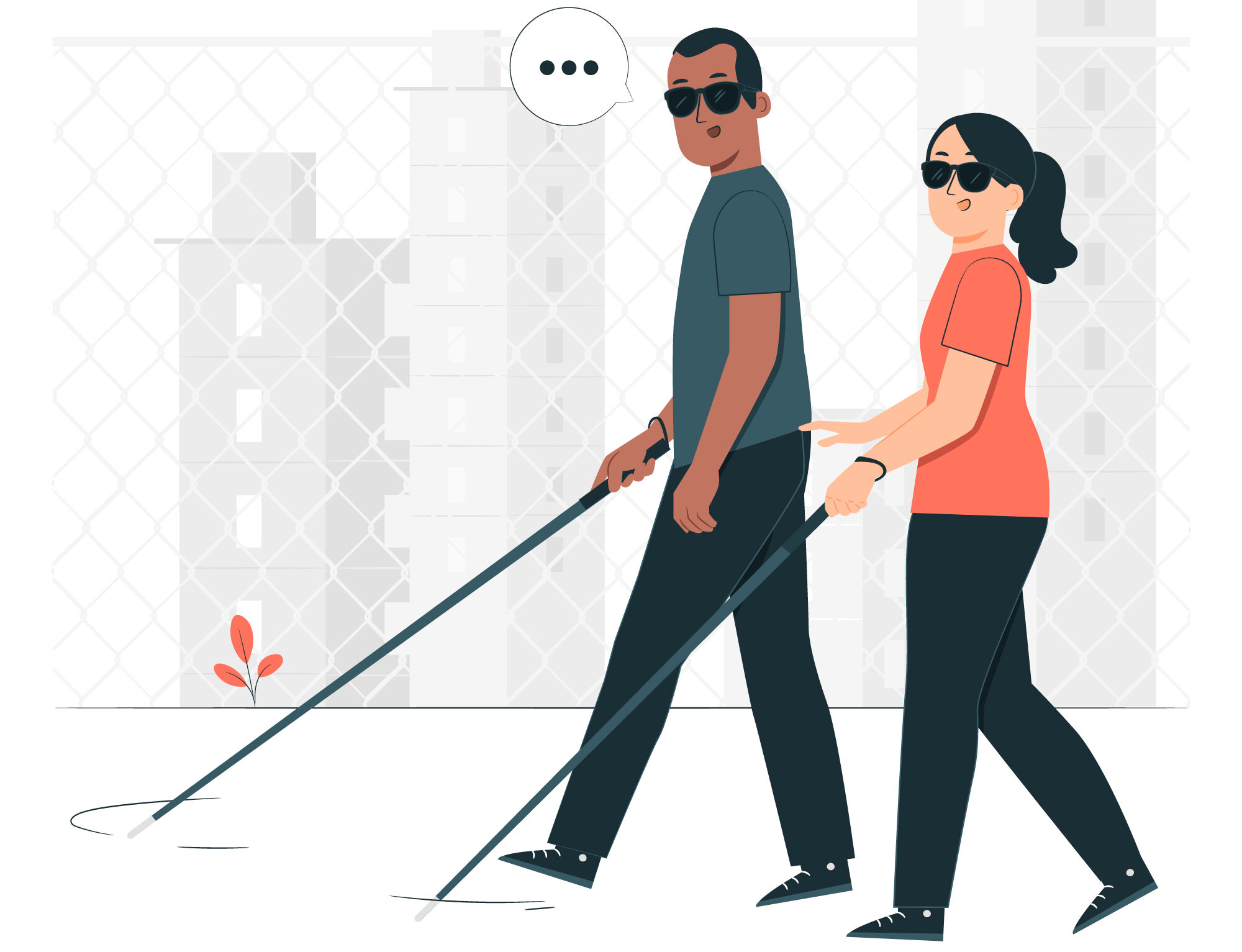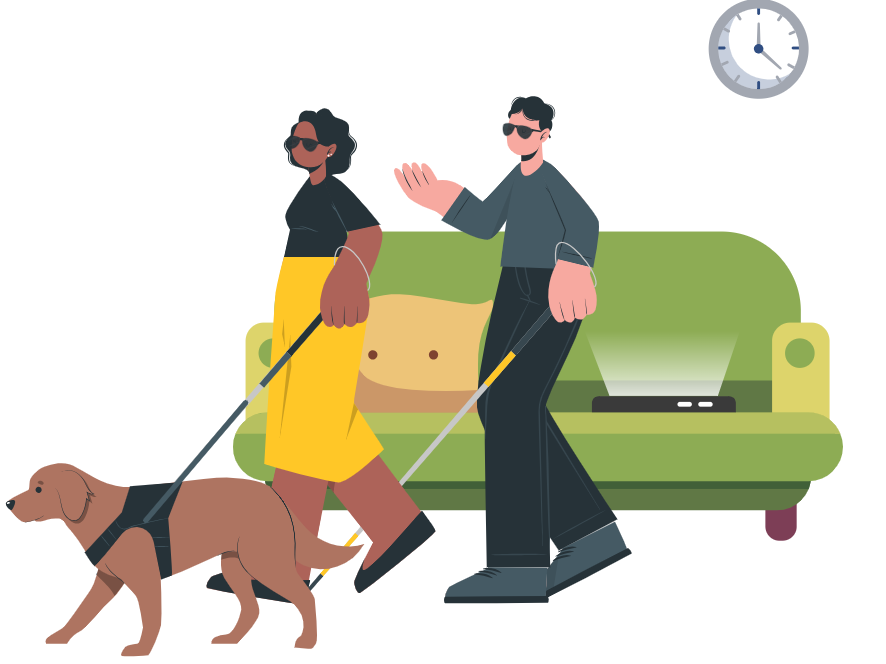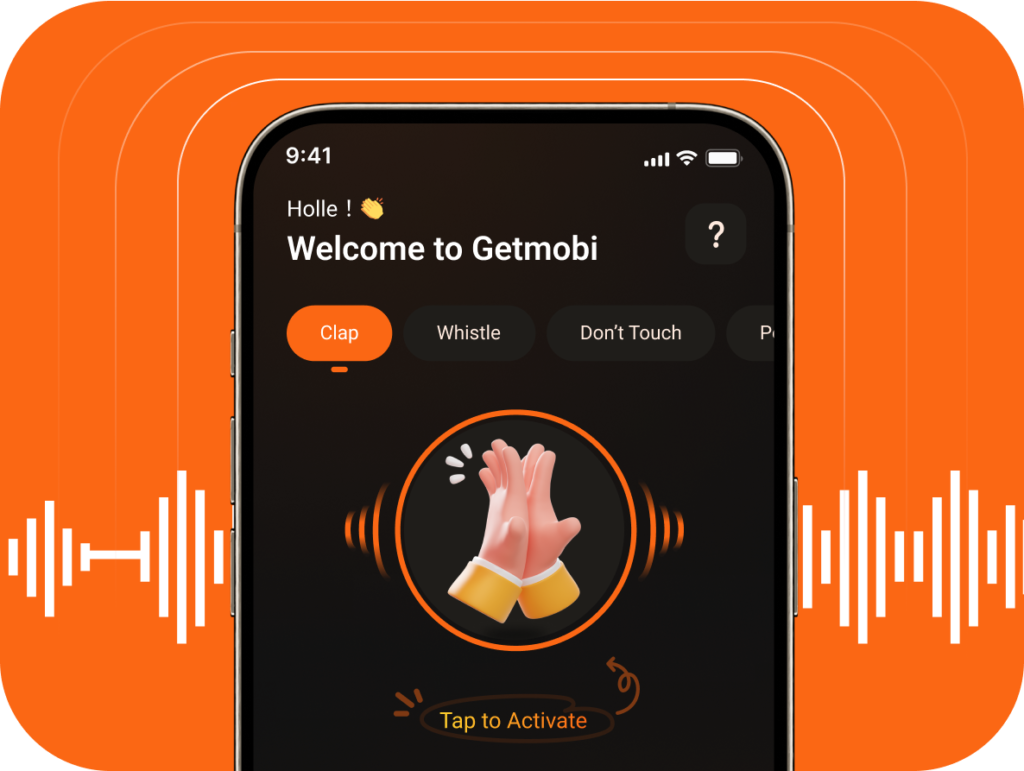
Sound Recognition Technologies for the Blind & Visually Impaired
Today, sound recognition technology is revolutionizing the lives of blind and visually challenged individuals by increasing safety, promoting independence, and enhancing confidence in daily navigation. As assistive technologies develop, sound recognition influences various uses, including real-time help via creative apps.
What is sound recognition technology?
Sound recognition technology helps devices identify and differentiate between different types of sounds, with applications in security, accessibility, healthcare, and more. It uses machine learning algorithms to analyze patterns and classify sounds, allowing devices to respond intelligently. For visually impaired individuals, it enhances environmental awareness by identifying critical sounds like car horns or smoke alarms. Advancements in AI and deep learning have expanded sound recognition systems to diverse fields, including automotive, medical, and personal devices. These advancements make sound recognition applicable across smart home devices, security systems, and assistive technologies, making the world safer and more accessible.

How can it help the visually impaired?
For visually impaired people, sound recognition technology offers tremendous help in identifying and warning users of environmental risks; hence, it provides safer and more navigable settings.
Environmental Harm Detection
By means of timely aural cues, sound recognition systems can detect hazards such as alarms, broken glass, and oncoming automobiles, therefore alerting consumers of possible threats. Wearable gadgets or smartphone apps, for example, can instantly identify unusual sounds, giving users vital seconds to react correctly—that is, either by moving to a safer location or calling for help. In crowded or unfamiliar environments where hazards are not always clear-cut, this proactive alerting could literally save lives.
Case Studies: Improved Safety Measures
Recorded incidents demonstrate how sound recognition technology has prevented mishaps. For instance, commonly used software in Japan lets visually challenged people know when cars are approaching too closely so they may change course. Trials with AI-powered guidance apps have similarly proven that users in different American cities are better able to negotiate crowded junctions because the technology can identify screaming horns or screeching brakes, thereby providing warnings either through headphones or tactile responses on wearable devices.
One such success narrative comes from an app that detects public building fire alarms. In one instance, a user who would not have been able to clearly hear otherwise was able to rapidly flee from a hotel after the app identified the fire alarm.
Useful Tools: Apps for the Blind and Visually Impaired
Sound recognition technology also supports additional useful applications. Particularly helpful for those with vision problems, clap finder apps that use sound cues—such as clapping or whistling—can help users find lost items by sending off an auditory reaction on the phone. Apps for the visually impaired, like “clap to find my phone,” let users set an alert just by clapping. Similarly, “whistle to find” apps react to specific whistles, enhancing convenience by enabling users to quickly locate their phones, especially in unfamiliar environments where visual identification of a phone can be challenging.
User testimonials and experiences
Many consumers have expressed gratitude for this helpful technology. One visually challenged user reported that they felt safer and more confident going alone across busy city centers after using a navigation app with sound recognition. Another customer underlined that the “whistle-to-find” function was absolutely essential since it helped them find their phone even in busy surroundings. Testimonials such as these show how efficient recognition technology not only enhances convenience but also enables visually challenged people to comfortably and more boldly negotiate.
Integration with other assistive technologies
Sound recognition technology offers promising integration with assistive technology for visually impaired and blind people, creating safer and more interactive environments. For example, combining sound recognition with GPS navigation systems enables detailed route guidance while providing instant alerts for environmental hazards, like nearby vehicles or sudden alarms. Wearable devices equipped with haptic feedback, when paired with sound recognition, offer non-intrusive cues that enhance environmental awareness for blind and visually impaired users. This synergy builds a responsive support system, helping users navigate complex spaces more confidently and independently.
The importance of sound recognition software for the blind and visually impaired
Sound recognition software is essential for enhancing the safety and independence of blind and visually impaired individuals. This technology utilizes auditory cues to provide critical information about the environment, allowing users to navigate more effectively and respond to potential hazards.
Environmental Awareness
Sound recognition apps, such as Microsoft Soundscape and Google Lookout, help users identify important sounds in their surroundings, such as alarms or approaching vehicles. This enhances spatial awareness and promotes safer navigation.
Real-Time Assistance
Applications like Be My Eyes connect visually impaired users with sighted volunteers through live video calls, enabling them to receive immediate assistance with tasks like reading labels or navigating unfamiliar spaces.
Daily Living Aids
Apps such as Getmobi, a free app for the visually impaired, enable users to locate mobile devices simply by clapping or whistling. This app empowers the blind and visually impaired to find misplaced devices quickly.
Navigation Support
Specialized GPS apps like Lazarillo provide audio directions and information about nearby places, making it easier for blind individuals to navigate public spaces confidently.
Innovative Solutions
New technologies, such as Evelity, offer indoor wayfinding solutions that use audio instructions to guide users through complex environments like museums or universities.
Overall, sound recognition technology is crucial for improving the safety and independence of blind and visually impaired individuals, offering innovative solutions that foster greater confidence and mobility in their daily lives.
How Can Getmobi Help?
Getmobi developed an innovative cellphone finder app to assist visually impaired and older individuals in easily finding misplaced smartphones, ensuring their privacy and protection from theft.

Find your phone
Getmobi provides two modes for locating misplaced devices: Clap to Find My Phone Mode, which activates an alarm upon detecting a clap, and Whistle to Find My Phone Mode, which enables visually impaired individuals and people with nomophobia to locate their device by whistling in the background, thereby triggering a specific sound signal.
Protect your phone
Getmobi has two smartphone protection modes: Pocket Sense Mode, which sounds a loud alert when the phone is moved or picked up without authorization and requires unlocking to silence the alarm, and Don’t Touch My Phone Mode, which recognizes motion and pictures of unwanted access, allowing you to know who touched your phone without permission and keeping your smartphone safe all the time.
Download Getmobi today to benefit from smart, simple features to keep your phone safe and accessible!